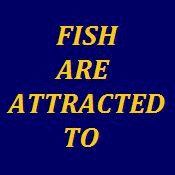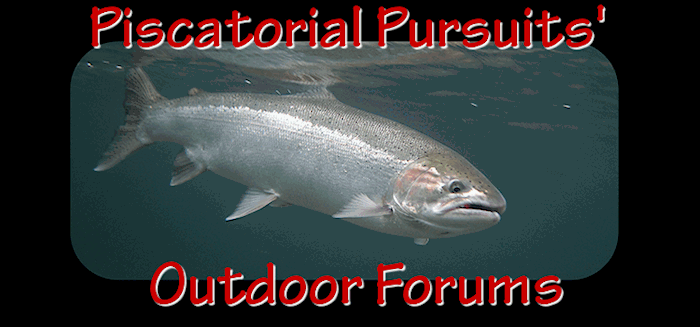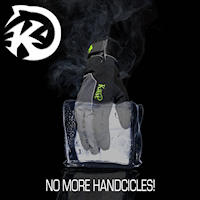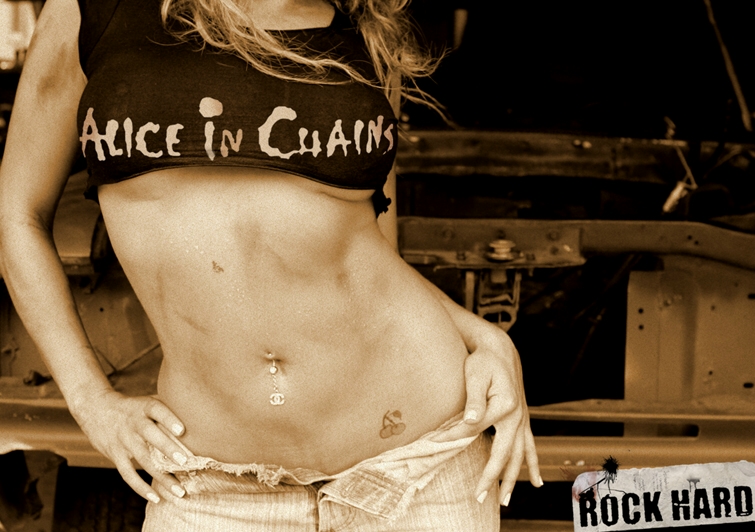cohoangler - I also wonder how the marking of those tiny fall chinook might be implemented?
Thanks for your well thought out appraisal on the effects of the legislation in relation to fall chinook fishing opportunity. Unless a ban on fishing for
all wild chinook becomes the management rule, and I hope it does not, we should still find opportunity to catch the healthy stocks from the Hanford Reach. At least that would seem reasonable.
In any case, for those who missed it...
Here's a good article from the Olympian:
--- --- --- --- --- --- --- --- ---
U.S. fish farms clip fins for cash "Recent legislation requires that all federal and federally funded salmon and steelhead hatcheries mark the fish they release.
For several years, a program for marking fish produced in hatcheries has allowed anglers to fish for salmon and steelhead, keeping the hatchery fish and releasing the wild fish -- a method known as selective fishery.
The alternative?
"Would there be any fishery at all?" asked Greg Cloud, 55, an Olympia salmon angler.
Legislation introduced by U.S. Rep. Norm Dicks, D-Wash., and signed into law by President Bush requires the U.S. Fish and Wildlife Service to begin mass marking fish, including coho, chinook and steelhead, released from federally operated or financed hatcheries.
Without the marked fish, areas inhabited by salmon listed under the Endangered Species Act, such as threatened chinook in Puget Sound, would be off limits to salmon anglers like Cloud. But not all hatchery fish have been marked, and that leaves holes in the selective fishery.
"Rep. Dicks' initiative is a major step forward in the new era of selective fisheries," said Jeff Koenings, director of the Washington Department of Fish and Wildlife. "Mass marking allows us to direct fisheries toward abundant hatchery stocks while providing protection for depressed runs of naturally spawning salmon and steelhead."
Marking machine
The legislation also provides money to pay for portable, automated mass marking machines that can process large numbers of fish, clipping the adipose fin -- a small fin between the dorsal fin and tail.
The mark makes hatchery fish easily distinguishable from wild fish.
"It's about the only way we could have a significant fishery in areas with (Endangered Species Act) listed stock," Washington Department of Fish and Wildlife spokesman Craig Bartlett said.
Without hatcheries, Washington couldn't offer much salmon fishing. About 70 percent of the fish caught and landed in Puget Sound and about 90 percent of the fish in the Columbia River are hatchery raised.
The state, tribes and federal government operate about 100 hatcheries in Washington.
For many decades, they have been used to compensate for declines in wild salmon and to provide recreational, commercial and tribal fisheries where natural salmon habitat has been lost to development.
Partial marking
Since 1998, marking hatchery salmon and steelhead has opened selective fishing on the Washington coast, the Columbia River and parts of Puget Sound, Bartlett said.
But not all hatcheries mark all of their fish.
State hatcheries in the Puget Sound region mark about 90 percent of chinook and coho salmon.
The Nisqually Indian tribe marks all of the chinook raised at its two hatcheries on the Nisqually River and some of the coho, said Georgiana Kautz, natural resource manager with the tribe.
Federal hatcheries mark about one-third of the chinook and coho they raise, said Tony Floor, head of Fish and Wildlife's Puget Sound Sport Fish Enhancement Program.
Dicks' legislation changes that.
"The mandate for marking hatchery salmon applies to all federal hatcheries, as well as state and other hatcheries that receive federal assistance," Dicks said in a prepared statement.
"We think this is good for wild fish. We think this is good for sport and commercial fishing," Floor said. It will increase the opportunities for recreational anglers to fish for salmon.
Some anglers think the effort to protect fish should go further.
"I'm still a firm believer in catch and release," said Bjorn Beech, 27, manager of The Fly Fisher in Lacey. Beech also enjoys fishing for salmon in south Puget Sound and local rivers. He lets all of them go, he said.
In some cases, even the hatchery fish need protection, he said. But he supports keeping as many fisheries open as possible.
The Nisqually tribe has concerns about the effects of selective fishing on ongoing salmon recovery efforts, and about hooking mortality in wild fish, Kautz said.
"We don't want to manage fish for political reasons," she said. "We want to manage for the resource."
Hooking mortality
Selective fishery comes at a cost to wild fish.
Fish experts note that hatcheries have contributed to the decline of salmon. Hatchery fish compete with wild fish for limited food and habitat, weaken wild stocks by interbreeding, and can spread disease.
Environmental groups also note that some hatchery fish prey on threatened juvenile chinook.
Catch-and-release fishing might not be as harmless to the fish as it seems.
Some wild fish die after being released. They die of injuries from being hooked or handled, or from exhaustion, or exhaustion may make them more susceptible to predators.
Fish and Wildlife biologists estimate that in Puget Sound, 15 to 25 percent of chinook and about 12 to 20 percent of coho die after being caught and released, Floor said. In the ocean, the estimated hooking mortality for coho and chinook is 19 percent.
Those numbers underscore the importance of recreational anglers learning to handle and release fish properly, Floor said. That means, for example, not hoisting them from the water for a photo before releasing them.
The key to the success of selective fishing is reducing the death rate of released fish. Anglers who have trouble releasing wild fish should consider taking up golf, Floor said. They shouldn't be fishing.
"Take home the hatchery fish. That's what they were raised for," he said.
Beech agrees -- sort of.
"If somebody has to have a fish dinner, it had better be a hatchery fish," he said. But then they might as well go to the grocery store."
--- --- --- --- --- --- --- --- ---



















 Previous Topic
Previous Topic Index
Index

